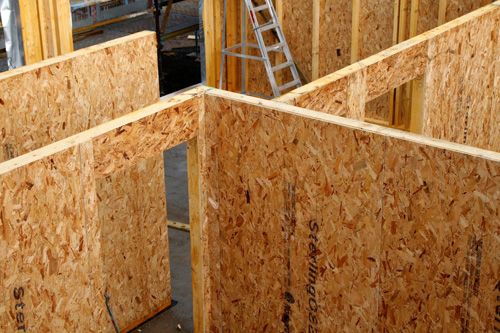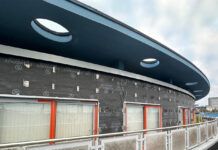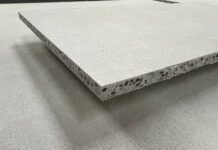 Recent developments in the housebuilding industry look set to stimulate the market for timber frame construction.
Recent developments in the housebuilding industry look set to stimulate the market for timber frame construction.
Housebuilding has reportedly been the most buoyant sector of the UK construction industry for the past five years; its rate of growth only recently being overtaken by the infrastructure sector.
Even now, demand is said to be so strong that housebuilders are unable to meet demand and the time-lag between starts and completions has prevented any acceleration in supply.
Last October, in order to speed things up, the Government launched a £3 billion “home-building fund” – a loans programme to encourage more SME builders to focus on housebuilding.
Shortly afterwards, housing secretary Gavin Barwell announced that the Government values off-site construction as a key route to increasing building capacity. In combination with the £3 billion home-building fund, this is certain to benefit the timber frame industry since, according to the Structural Timber Association (STA), up to 90% of all off-site systems are timber frame.
In 2015, a report from MTW Research using data from 80% of the timber frame market in the UK, reportedly found that the sector was growing at a faster rate than the UK economy. This year, it is reportedly expected to account for more than 27% of new UK housing.
In 2014, there were reportedly 48,000 housing starts using timber frame. That figure was reportedly surpassed in 2016, according to the STA’s Timber Trends Report with starts estimated at around 56,000 timber frame homes. This was the best performing year for timber frame since data began to be collected in 2002.
Currently around 60% of new homes are built by just 10 companies, most of which are geared up to build traditional brick-and-block houses. Smaller builders are more flexible and it is expected that the Government’s homebuilding fund will stimulate the use of modern timber-based off-site techniques.
Total housing starts are predicted to top 200,000 by 2018, says the STA. With a worsening shortage of site skills and rising materials prices resulting from the falling value of the Pound, the larger housebuilders are also likely to look more closely at timber frame.
Structural timber technology addresses many Government concerns associated with the public procurement of housing. These include the speed of construction, environmental impact, energy efficiency and cost.
The materials that go into a timber frame system are generally said to be cheaper, more sustainable and more energy efficient than traditional masonry.
For example, Norbord’s oriented strand board, SterlingOSB, one of the most widely-used components of UK timber frame systems, is manufactured in Scotland from home-grown forest ‘thinnings’ (slender, immature trees harvested as part of sustainable forest management).
Manufactured using renewable heat from onsite biomass boilers, SterlingOSB is a sustainable, low-energy product with excellent physical performance characteristics. OSB is an essential component of all timber framed panel systems and a major contributor to its growing popularity.
Besides ‘traditional’ timber frame construction, newer timber-based off-site technologies, such as cross-laminated timber and structural insulated panel systems (SIPS), are strengthening timber’s share of the housebuilding market.
The benefits of these systems, being comparably lower energy intensive and emission producing in their manufacture and possessing greater thermal efficiency in their use, is helping to support their specification in the timber frame market.
Visit www.usewoodwisely.co.uk to have your say.



